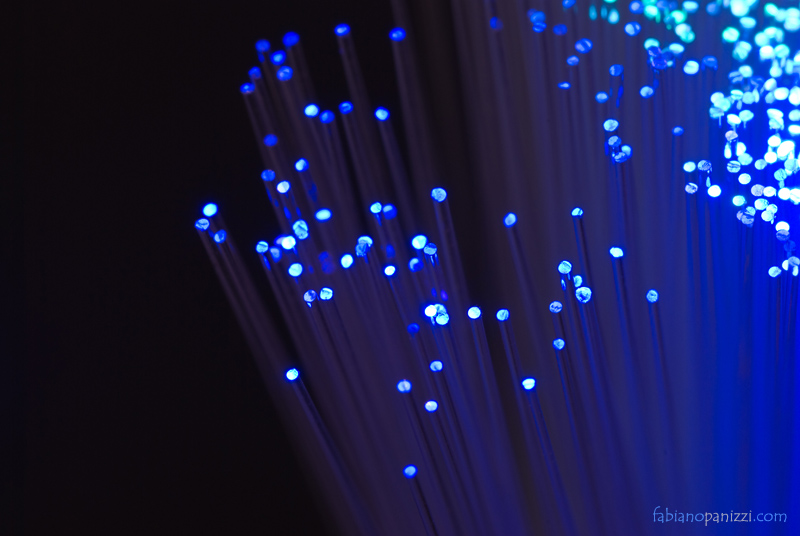fiberhome
Fiber Enabled Homes Are The Future

For the last decade, cable companies in the United States have been able to deliver enough bandwidth that homes in the United States have largely been able to get the coveted triple play of voice, video, and data service.
And while the bandwidth provided by cable companies has been sufficient to this point for much of our home use, the greatly increased bandwidth provided by fiber has shown that it can not only make our home life better, but it can improve the communities that we live in.
The Effects of Fiber in Our Communities
In a recent interview by Tom Foreman, of CNN, Mayor Joe Reardon had this to say about the effect of Google Fiber in his city, “at the end of the day, if you ask any mayor... growing that small business, finding an entrepreneur willing to take a risk, and do that in your community... it’s going to grow jobs and ultimately the community.”[1]
But that’s not it. According to the Fiber to the Home Council’s Primer[2] there are several other case studies where the availability of fiber broadband has provided increased economic opportunity in communities.
- Auburn, Ind. - Able to keep a Fortune 200 company, and their $7 million annual payroll, as well as other small but growing internet-dependent businesses by upgrading their existing broadband service.
- Bristol, Tenn., - Jim Hyatt, Media General’s regional vice president and publisher, says that the new $12 million Bristol Herald Courier’s new printing production facility was located in Bristol primarily because of the high-speed data transfer and reliable fiber optics.
- Southwest Virginia - Able to create 1,220 jobs, $50 million in new private investments, and $37 million in annual payroll from high-tech companies that stayed or relocated due to the advanced broadband network.
These numbers are impressive and show just how powerful fiber is, but fiber’s benefits reach further than just our communities.
The Effects of Fiber to Our Nation
As of 2010, a report by the Information Technology & Innovation Foundation ranked the United States 6th in the Organization for Economic Co-Operation and Development (OECD) in Fiber to the Home Deployment[3].
Eric Savitz, of Forbes, states that “to maintain U.S. leadership in innovation, we need to keep pushing for faster broadband networks, and we need a critical mass of innovation hubs that offer homes and businesses access to gigabit broadband. This would bring supercomputing power to Internet users, and would drive inventions we can only barely anticipate.”[4]
Picture this, “Gigabit networks can enable genetic sequencing to treat cancer patients, immersive and creative software to support lifelong learning from home, and ways for small businesses to take advantage of Big Data.”[4]
To put it simply, fiber is the future. Communities that have adopted fiber have already begun to see the benefits, and as fiber penetration increases in the United States, the possible innovation is truly exciting.
* Image courtesy of http://www.flickr.com/photos/14414177@N00/2742440838/References
[1] http://www.youtube.com/watch?feature=player_embedded&v=j-swlPmk3IA
[2] http://www.bbpmag.com/FTTHprimer/
[3] http://www2.itif.org/2013-whole-picture-america-broadband-networks.pdf